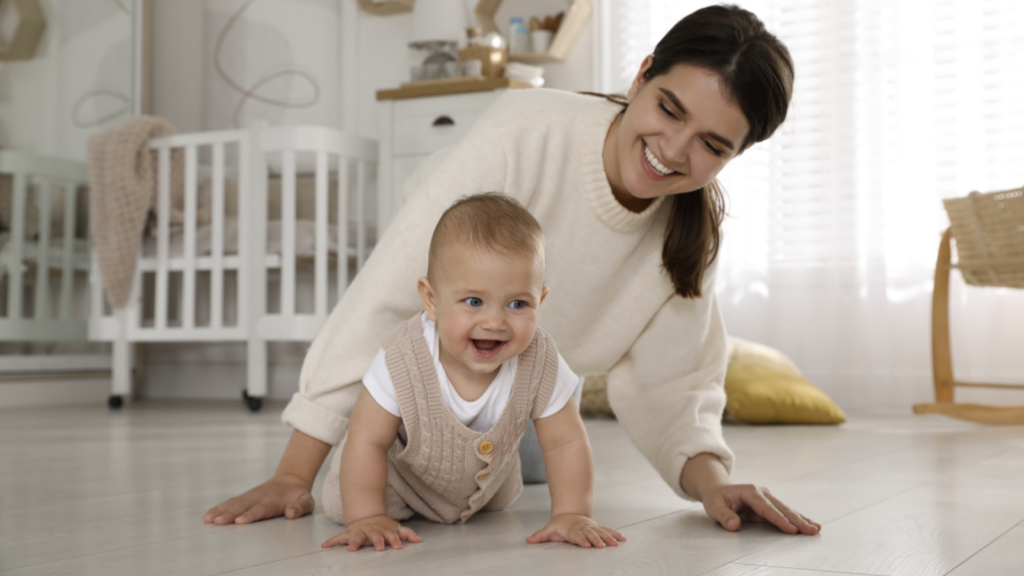Making your home safe for children is a top priority for parents, especially as little ones start to crawl, walk, and explore. Childproofing your home doesn’t have to be overwhelming; with a few simple steps, you can create a safer environment for your child while maintaining peace of mind.
Secure Furniture and Appliances
One of the first steps in childproofing is to secure heavy furniture and appliances that could potentially tip over. Young children often pull themselves up using furniture, which increases the risk of items like bookshelves or televisions falling over.
- Anchors and Straps: Use wall anchors or furniture straps to secure tall items like wardrobes, bookcases, and chests of drawers. Similarly, mount televisions to the wall to prevent them from being knocked over.
Install Safety Gates
Safety gates are essential for keeping babies and toddlers away from potentially dangerous areas like stairs, kitchens, or utility rooms. Install gates at the top and bottom of the stairs and in doorways to rooms that are off-limits.
Ensure that the gates you choose meet UK safety standards and that they’re properly secured to prevent your child from pushing them over.
Cover Sharp Corners and Edges
Toddlers are prone to falls as they learn to walk, so protecting sharp edges and corners is crucial. Apply corner guards and edge bumpers to coffee tables, dining tables, and low shelving units to cushion any potential impact.
These soft, protective covers are available in various materials and colours to match your home decor while providing extra safety.
Lock Cabinets and Drawers
Install childproof locks on lower cabinets and drawers that contain dangerous items such as cleaning products, sharp objects, or small choking hazards. Even if the items inside don’t seem harmful, locking cabinets prevents children from pulling everything out and potentially getting hurt.
For bathrooms and kitchens, consider magnetic cabinet locks or adhesive locks that are easy to install and remove when no longer needed.
Cover Electrical Sockets
Young children are naturally curious, and electrical sockets can be particularly tempting. Use socket covers or plug socket protectors to prevent little ones from inserting objects into electrical outlets.
You can also opt for childproof outlet covers that automatically close when not in use, adding an extra layer of protection without needing to install individual covers.
Secure Windows and Doors
Make sure all windows are fitted with window restrictors, which prevent them from being opened too wide. This is especially important for upper-floor windows, where a child could potentially fall.
Consider installing door stoppers or pinch guards on doors to prevent little fingers from getting trapped. Pinch guards are particularly useful for preventing accidental slamming of doors in busy households.







